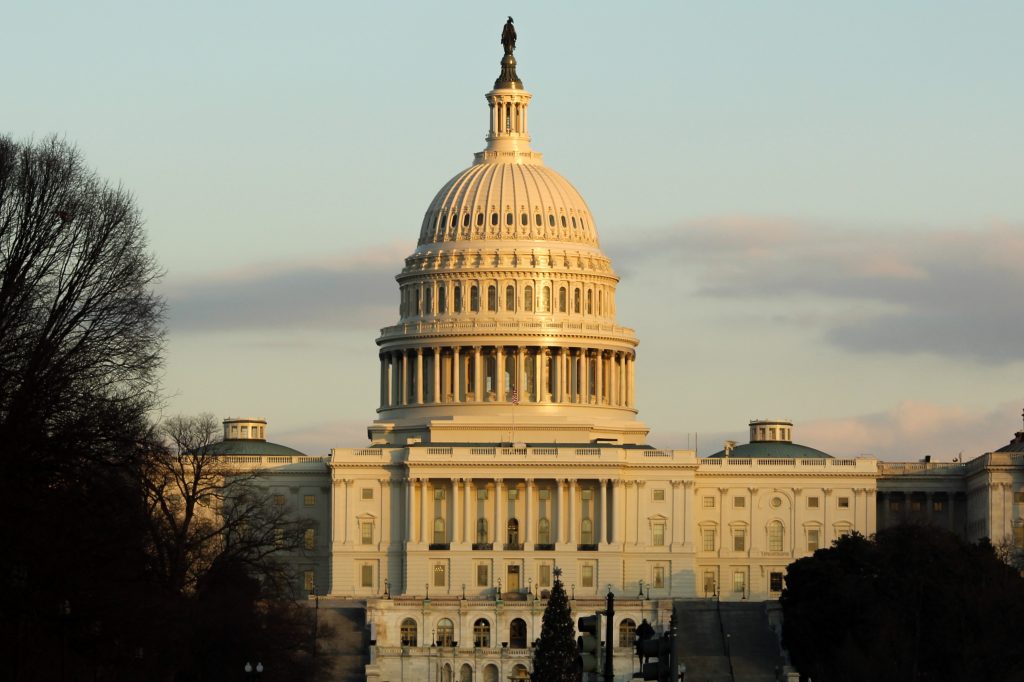On Dec. 27, President Trump signed a pandemic relief bill worth $900 billion. The bill — the second-largest federal stimulus ever, after March 2020’s CARES Act — includes extended unemployment and tax benefits, important updates to the Paycheck Protection Program, and a few additional tax policy changes.
However, the bill does not answer every question. Student loan relief and the federal eviction moratorium are still set to expire on Jan. 31, for instance.
While it is important to make note of these benefits now — particularly if you are unemployed or if you own your own business — note that they may change again soon. After the presidential transition is complete later this month, the Biden administration may pursue additional pandemic relief measures.
Benefits for Individuals
If you qualify for a stimulus payment, you may have already received it. The new stimulus includes direct payments of $600 for each adult and dependent child — that is, children 17 and younger — in your household.
Qualifying households are single filers who earned $75,000 or less as adjusted gross income in 2019; heads of households who earned $112,500 or less; and married couples filing jointly who earned $150,000 or less.
Like the first round of stimulus checks, if your AGI for 2019 exceeds those limits but you earned less in 2020, you may be eligible for a refundable credit when you file your 2020 tax return.
Unemployment benefits of $300 per week have been extended for another 11 weeks, lasting into early April. This benefit also applies to self-employed workers.
Lastly, employers are permitted to provide employees with up to $5,250 of tax-free student loan assistance per year through 2025. This benefit can be extended to all employees regardless of compensation. CNBC reports that about 10% of employers offered student loan benefits prior to the pandemic. Now, not only do experts believe more employers will extend this as a perk, but they think the federal government is likely to make this policy permanent.
It is important to note, however, that anyone who owns more than 5% of a business is not eligible to receive tax-free student loan assistance from that business.
Updates to the Paycheck Protection Program
The stimulus includes critical updates to the Paycheck Protection Program, including fixes to problems identified by business owners. It also offers additional funds, even to those who have already received loans.
First, the new stimulus bill addresses a critical question: Are expenses attributable to PPP forgiveness deductible? They are now. In the CARES Act version of the PPP, any expenses attributable to forgiveness were not tax deductible. This was a roundabout way of making PPP forgiveness taxable.
The new bill changes this rule to allow deductibility of expenses attributable to PPP, so it is truly a tax-free loan.
If you did not receive a PPP loan under the CARES Act, the application will soon be reopened. If you returned PPP funds, you can reapply.
If you received and already spent a PPP loan, you can apply for “Second PPP” or “Second Draw Loans.” Your business can qualify if:
- You have 300 or fewer employees, unless you are in the food service or accommodation industries
- You have experienced a drop of revenue of more than 25% in any quarter of 2020 compared to the same quarter in 2019
Second Draw Loans are still based on 2.5 months of average payroll and they are capped at $2 million.
Note that 60% of eligible expenses must be attributable to your payroll. However, the definition of “payroll costs” has been expanded and now includes group life insurance, disability, vision and dental plans.
The new stimulus also includes some changes to the existing PPP program. Every borrower is now eligible to choose from the 8-week loan period or the 24-week loan period. For loan amounts up to $150,000, the loan forgiveness application has been simplified.
Lastly, new categories of eligible expenses have been added, including:
- Operations expenses
- Property damage costs, including damage, vandalism or looting due to public disturbances that was not covered by insurance
- Covered supplier costs
- Covered worker protection expenses, which are essentially costs to maintain standards for sanitation, social distancing and overall safety
Businesses can now benefit from both PPP loans and the Employee Retention Credit. You cannot use the same wages to qualify for both programs, but you can treat health insurance expenses as wages.
Further, the provisions of the ERC have been modified, making them more generous and easier to meet. To qualify, you must be able to show a 20% reduction in year-over-year quarterly revenues. You can also make an Alternative Quarter Election to compare revenues of two adjacent calendar quarters.
The credit is good for 70% of wages, with wages for a single employee capped at $10,000 per quarter. In other words, businesses can receive up to $7,000 per employee per quarter as a refundable payroll tax credit.
Eligibility for the ERC has been extended into the first half of 2021. Make sure to watch closely for application announcements so that you can submit yours quickly.
Notable Tax Deductions and Policy Changes
The latest stimulus bill extends many CARES Act provisions from 2020 into 2021, as well as adding new provisions for the new year.
Above-the-line charitable donations: The CARES Act allowed all filers to deduct $300 in charitable contributions in 2020. In 2021, individuals can deduct $300 and married couples can deduct up to $600.
Medical Expense Itemized Deduction: The CARES Act raised the AGI hurdle for medical expenses, and December’s legislation makes that permanent. You can deduct medical expenses that exceed 7.5% of your AGI.
Dependent and Healthcare FSAs: If employers adopt this provision, employees can carry over any unused FSA balances from 2020 into 2021 and again from 2021 into 2022. The bill also allows employees to modify FSA amounts for 2021, even outside the open enrollment period.
Meals and Entertainment Deduction: Business owners can deduct 100% of the money they spend on food and beverages at restaurants in 2021 and 2022.
What The Stimulus Does Not Include
The stimulus bill didn’t address every concern, however. For instance, it includes no further student loan relief — student loans are scheduled to begin collecting interest again on Jan. 31 and borrowers will need to begin making payments again unless the Biden administration extends this policy.
At this time, there have been no additional changes to the rules governing evictions. The eviction moratorium is still scheduled to expire Jan. 31, unless, again, the Biden administration extends or modifies it.
The bill does not extend CARES Act policies that governed distributions from retirement accounts. There is no extension or waiver of required minimum distributions after 2020. There has not been an extension on “coronavirus-related distributions” from retirement plans, either.
That said, the bill does allow for distributions from retirement plans if you have been affected by a disaster other than the COVID-19 pandemic. Plan participants have 180 days from the enactment of the bill — stretching until late June — to take these “qualified disaster distributions.” These are penalty-fee and taxes can be paid over the next three years.
After the Biden administration assumes office on Jan. 20, we may see many additional policy responses to the pandemic. If you don’t already work with a financial planner, consider asking help navigating the fast-changing circumstances. In times like these, expert advice is even more valuable than usual.




